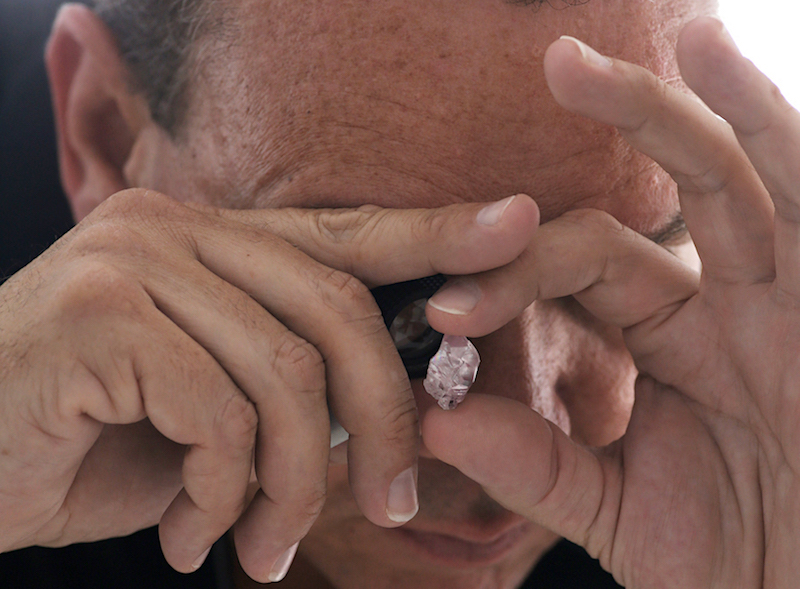
Image: Petra Diamonds.
This year will likely go down in history as the one when lab-grown diamonds, made for decades as an inexpensive alternative to mined stones for industrial purposes, finally cracked the consumer market, largely thanks to millennials' evolving shopping tastes.
The entry of new actors in the synthetic sector, particularly giant producer De Beers and its Lightbox brand, has created even greater awareness for lab diamonds and is spurring more consumer activity.
Gem-quality lab-created diamond production for use in jewellery now exceeds 1.5-million carats of polished annually, according to independent diamond industry analyst Paul Zimnisky. And it’s expected to grow even further in 2019.
So where does the industry go from here? In its eighth annual global diamond report, Bain & Company and the Antwerp World Diamond Centre, outline three key industry trends that will be influential in shaping the future of the diamond sector:
1. Increasing influence of digital technologies:
Emerging and maturing digital technologies are affecting all parts of the value chain, the report says, enabling diamond producers, midstream players and retailers to increase efficiencies within their operations.
A good example of this trend are the blockchain projects launched this year, aimed at helping consumers confidently identify the origin of their diamonds. The most significant, “Tracr”, even saw the sector two giants — De Beers and Alrosa — joined forces to test a pilot testing the blockchain technology-based platform.
2. Growing presence of lab-grown diamonds:
“Lab-grown diamonds are clearly here to stay,” says Olya Linde, partner at Bain & Company and lead author of the report.
De Beers’ launch of Lightbox, a retailer of lab-grown diamonds, and the U.S. Federal Trade...

